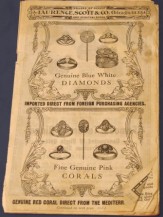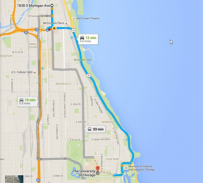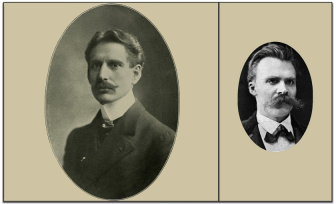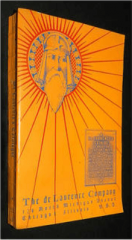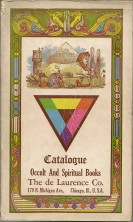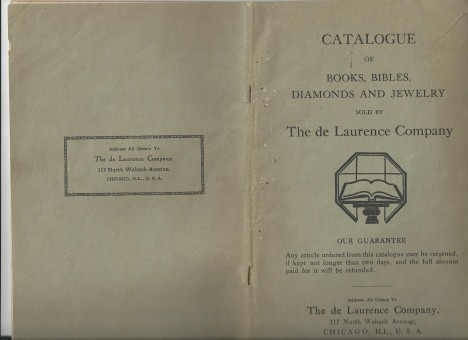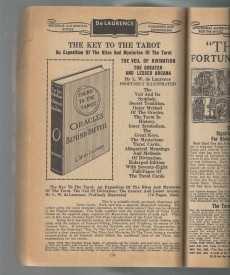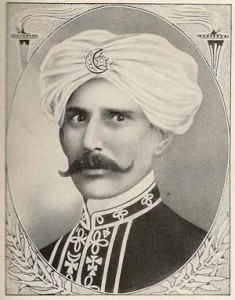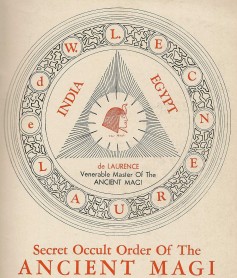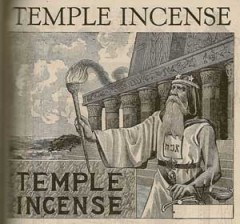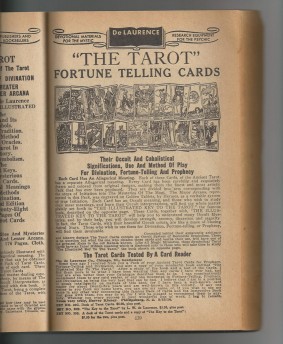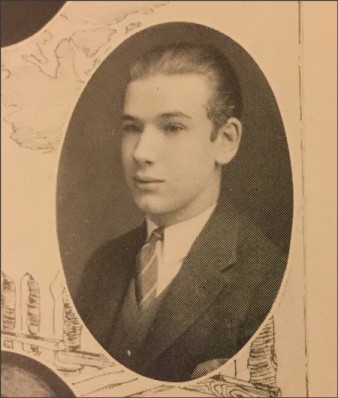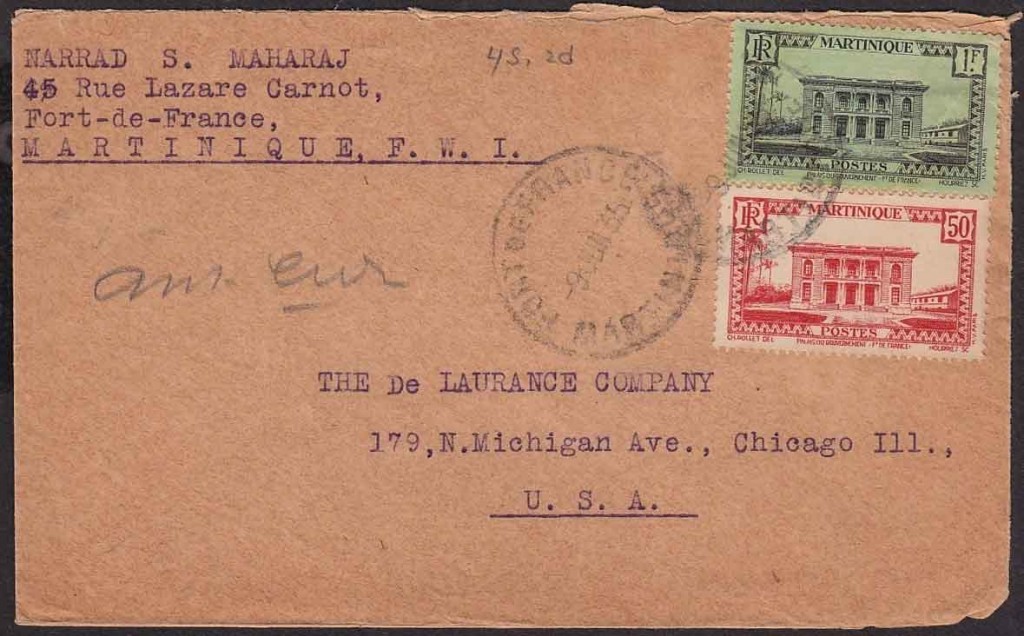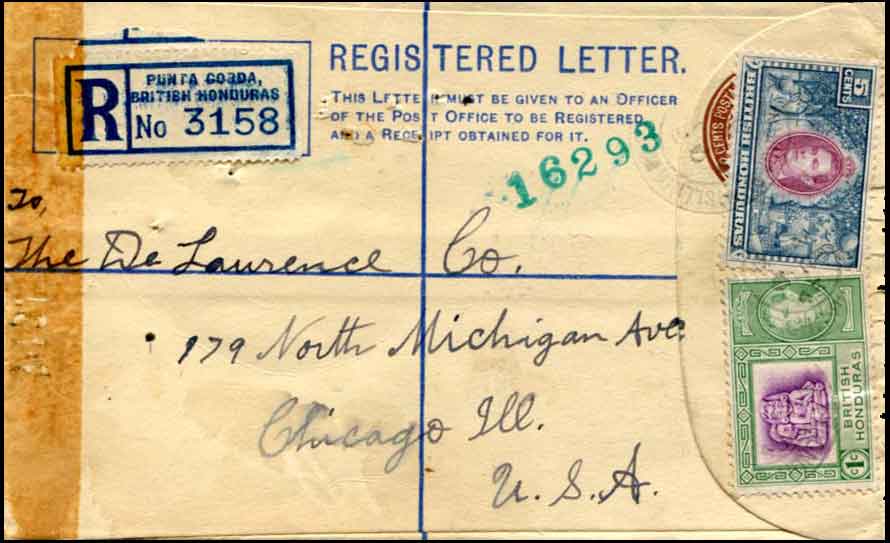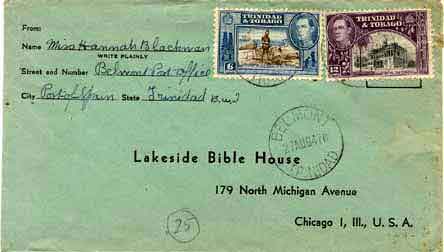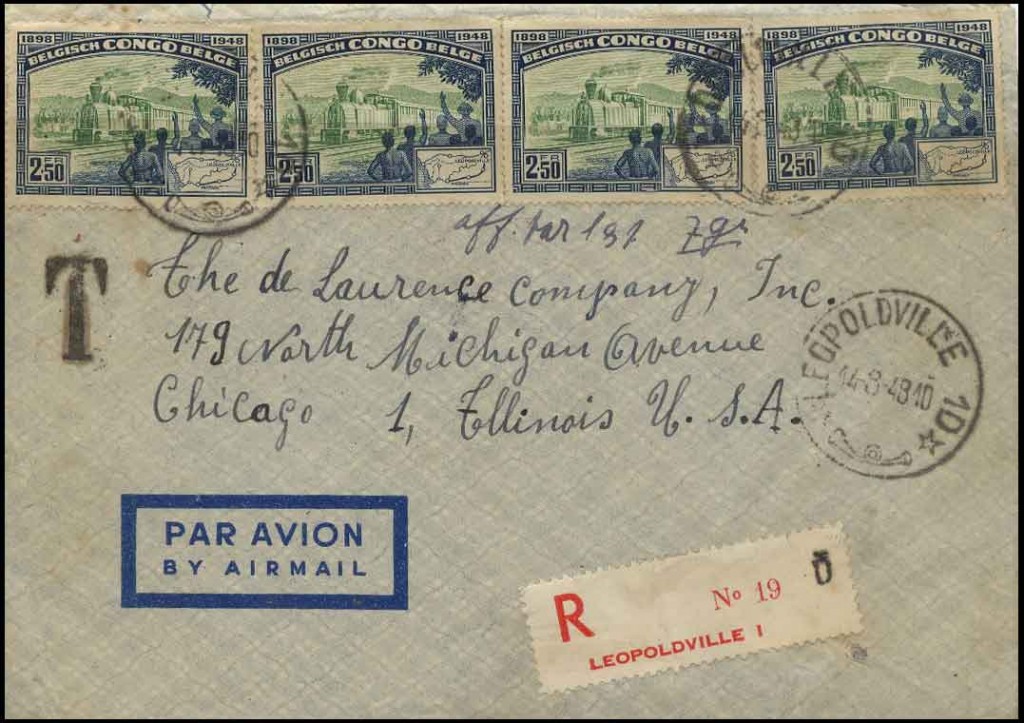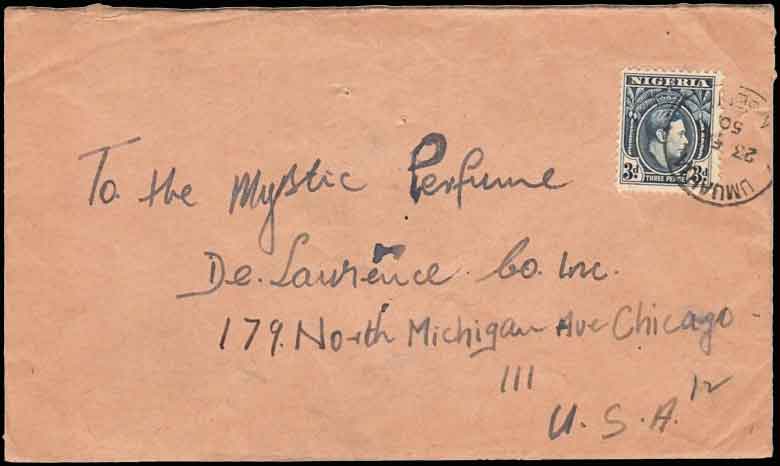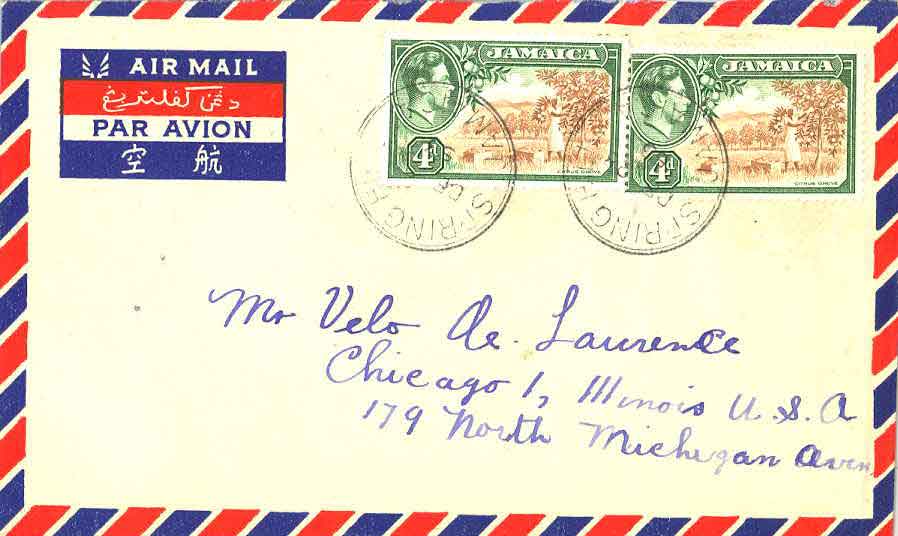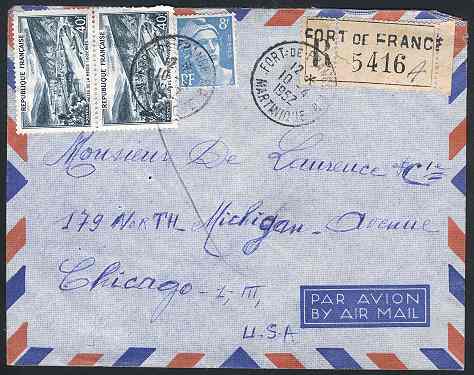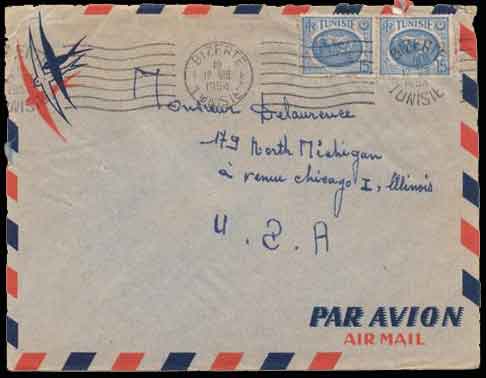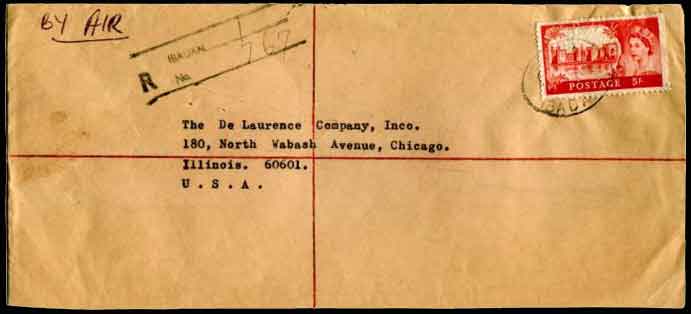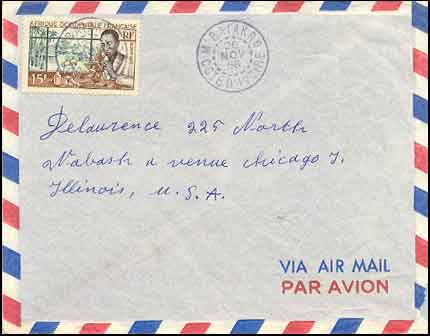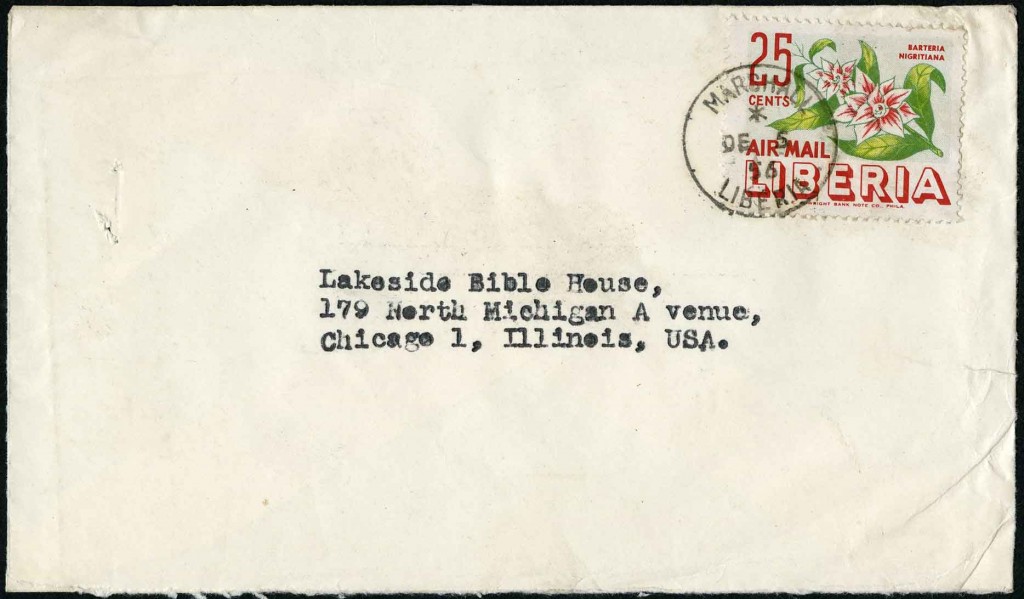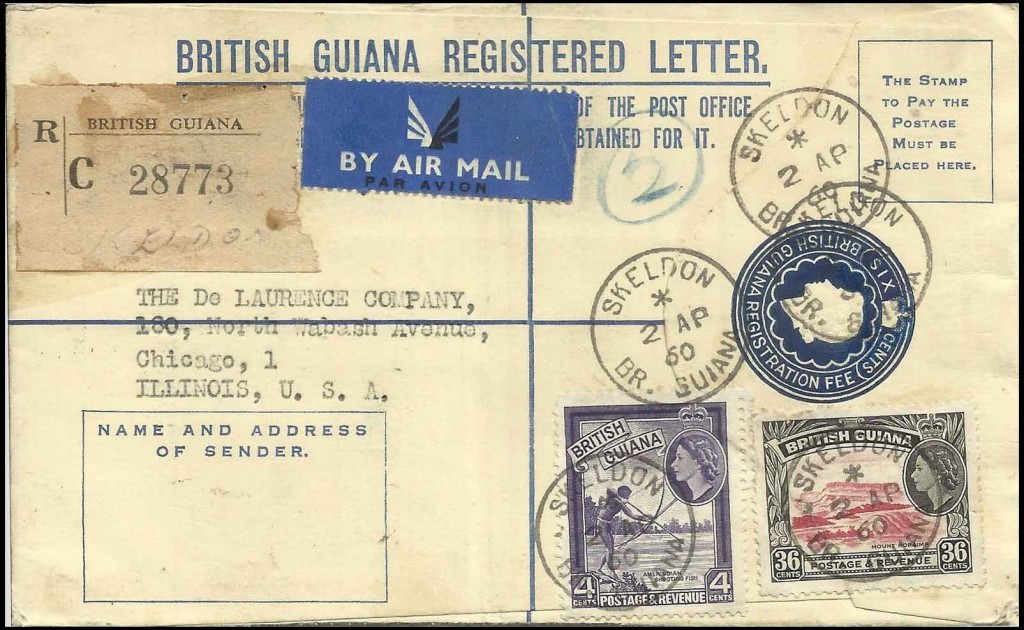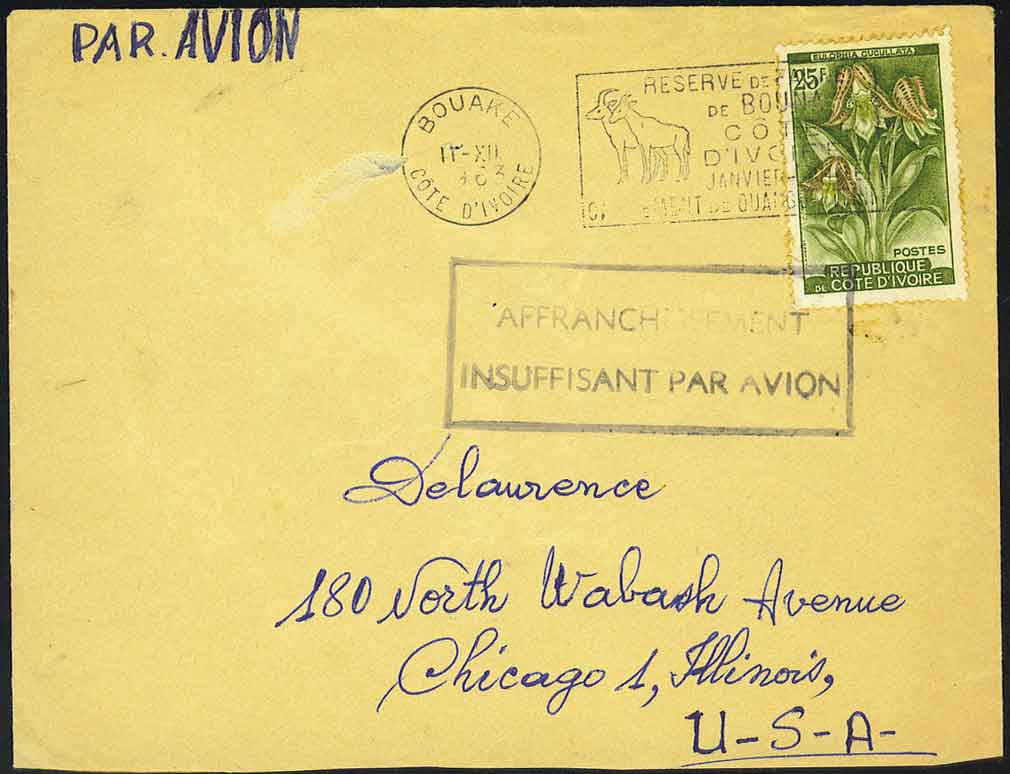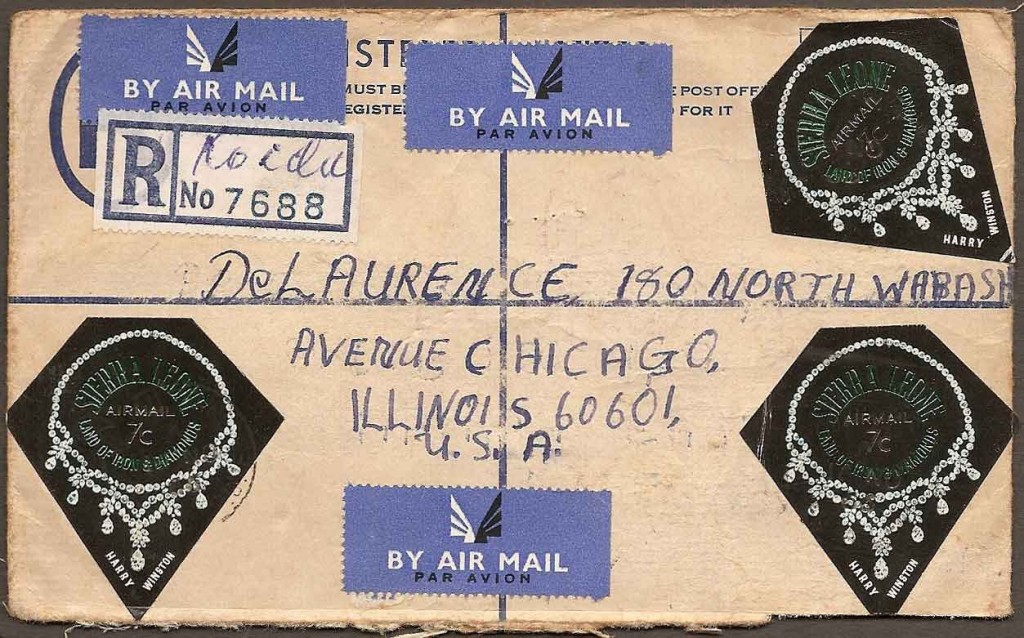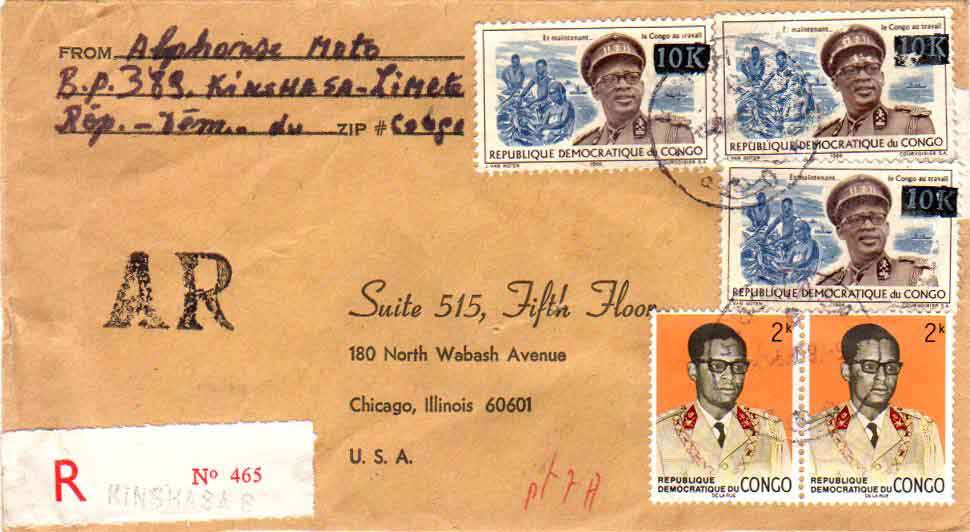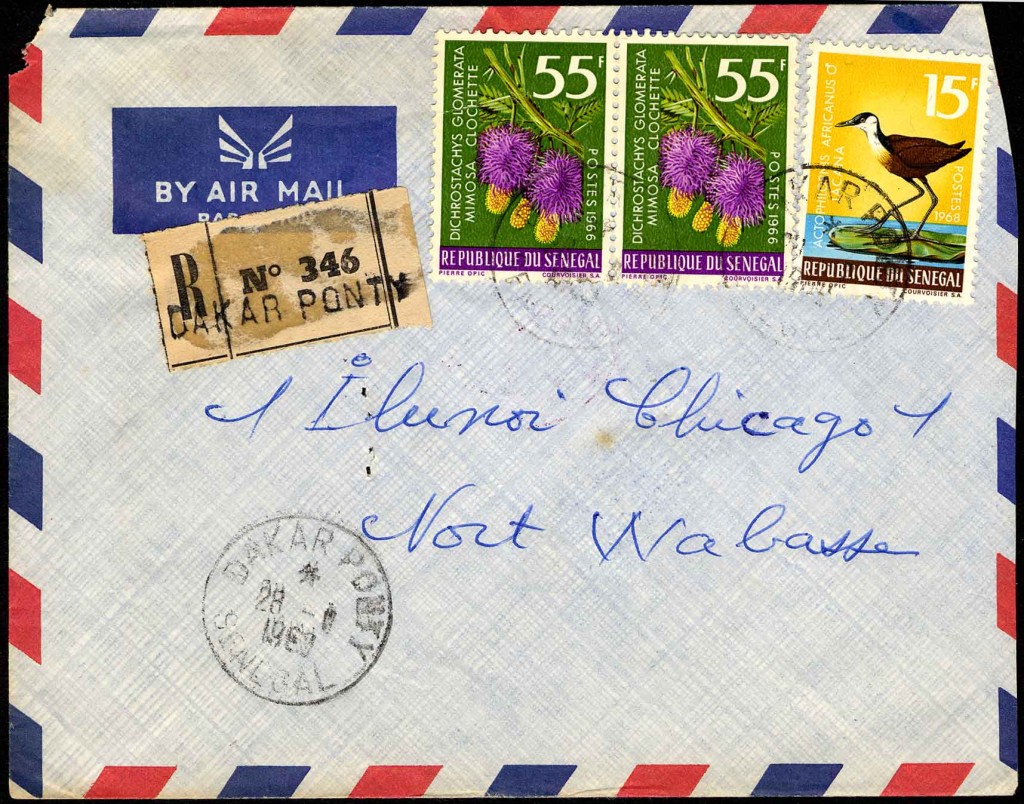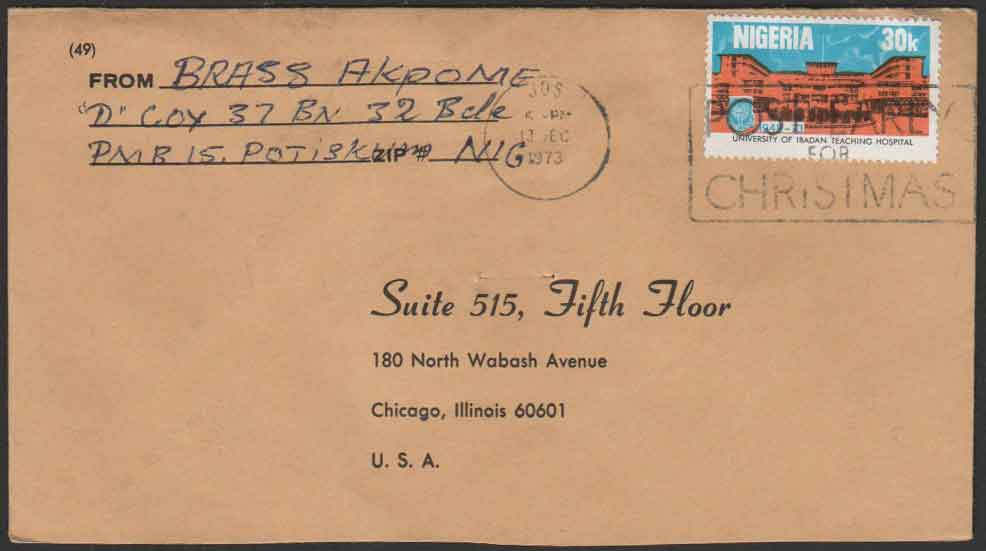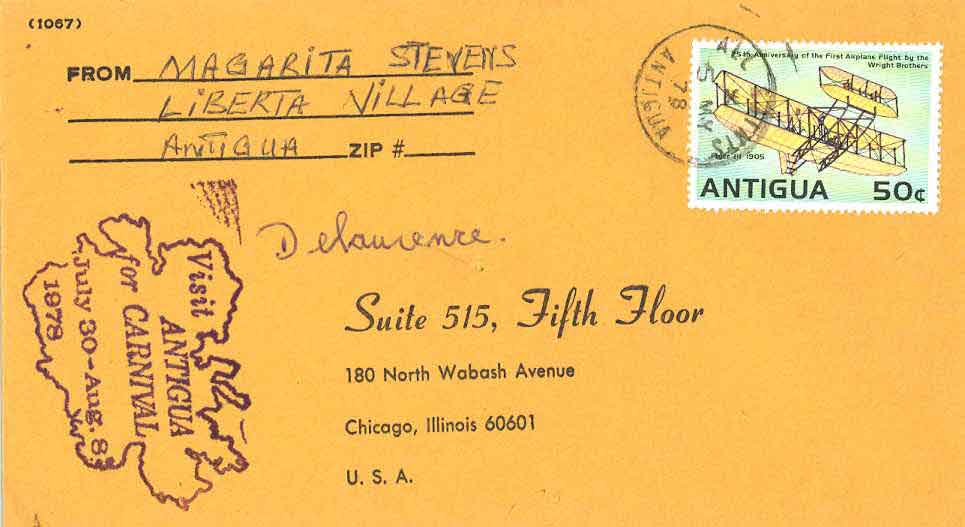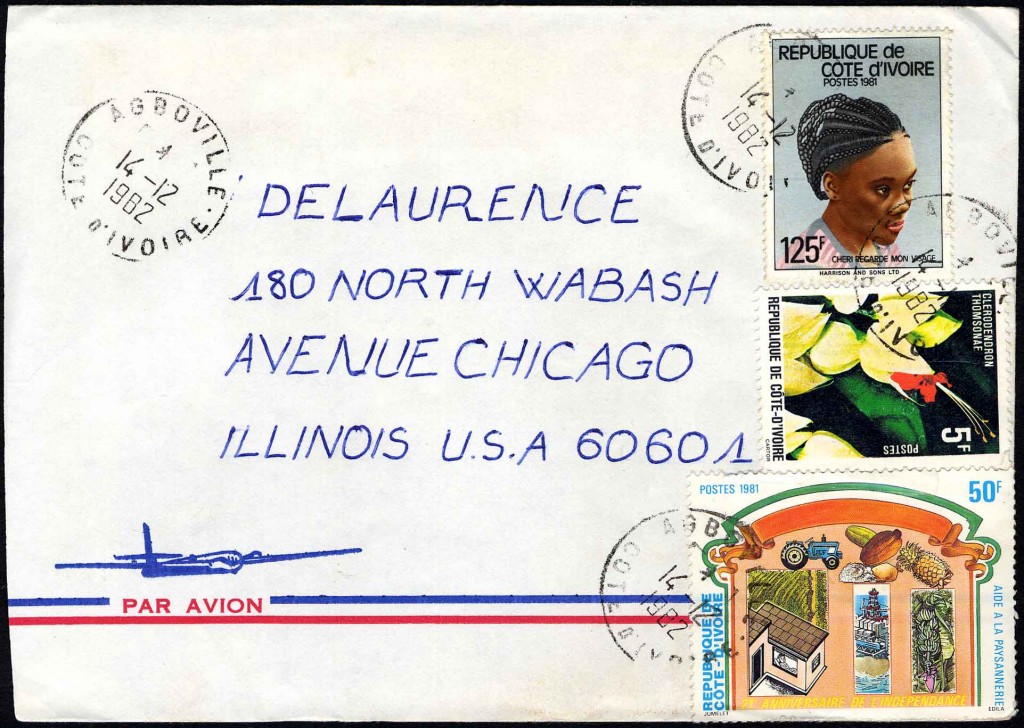de Laurence, Scott and co., was founded by Lauron William de Laurence in 1895, or so the story goes, but there is no record of it until 1905, after L.W.’s short-lived affair with the Alhambra Book co. in 1900. De Laurence is said to have testified in court later that he didn’t remember “who Scott was” (see below). I don’t fault the man (after all he had been through by that point); but I do want to bring this up because that pretty much cements it: we will never know who this mysterious Mr. Scott was, or of his fate. Okay, so now that we have the Scooby Doo mystery part of our presentation out of the way, let us proceed henceforth as factually and pragmatically as possible, for this will be the largest and most complete index of de Laurence, Scott & co. to be found outside of The De Laurence co. itself (I looked high and low and all I have ever found are scattered remnants of history and scraps of data to piece together). Maybe someday someone will compile the official version of The Adventures of L.W. de Laurence, starting with his adventures in India, but until then I will just have to do my best here. Alright, here we go then (wish me luck!).
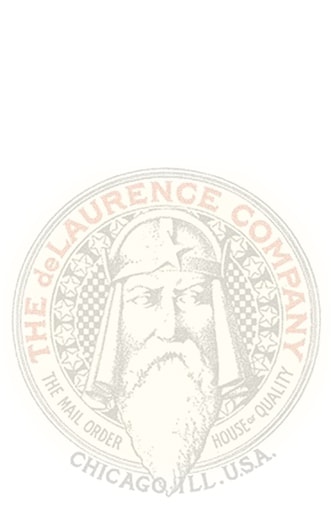
de Laurence & Scott Co.
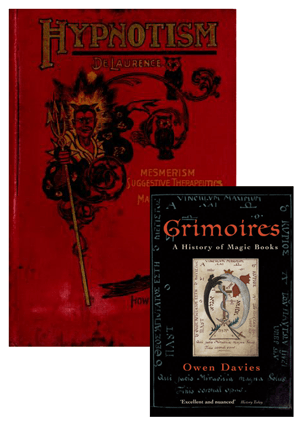
What we know as fact comes from government records, photographs, personal memories of “people who were there,” high school year books (not that that is creepy or anything), media accounts, old books, old envelopes, old catalogs, old decks, and a lot of old-fashioned detective work. With all of that we can piece together a most-likely history and timeline; but take all of this with a grain of salt, as much of the records have been destroyed. This, like the de Laurence, Scott & co. catalog is for entertainment purposes only (and historical archival). Our story begins in 1900 when the Alhambra Book co. of Chicago publishes L.W.’s book Hypnotism; a complete system of method, application, and use, including all that is known in the art and practice of mesmerism and mental healing . . .* (and I thought my book titles were long). The problem seems to be that the Alhambra Book co. and de Laurence had a falling out. It would not be the first time an author has been screwed by his publisher (if such an event occurred), and curiously enough L.W.’s book was immediately republished (but was it with permission?) by New York/Chicago book publisher Henneberry. According to Owen Davies, in his book Grimoires, A History of Magic Books, The Alhambra Book co. became Henneberry in 1901. If this is true it would solve that anomaly in our narrative. In fact, if you would like to read an extremely thorough (if somewhat antagonistic in nature) account of L.W. de Laurence, please read pages 216–261 of Davies’ book (above). We will not attempt to recreate that here. What we present is from newspaper accounts and research gleaned through catalogs and other print sources.
* Please be informed that this is exactly how the book was registered in Vol. 24 (Third quarter, 1900) of the Catalogue of Title Entries of Books and Other Articles by the United States government (Washington: Government Printing Office).
So in 1902 L.W. tries again; this time in April of 1902, his book The Bible Defended arrives at Chicago’s InterOcean newspaper (the primary newspaper L.W. advertised—almost daily—from 1902 through 1904, and to a lesser extend beyond). That book was published by Frederick J. Drake & Co. The Bible Defended shows up in de Laurence, Scott & co.’s catalogs years later, so presumably he fared better with this outing. Nonetheless L.W. puts out another book in 1902 entitled the Book of Magical Art . . . (received at the USCO January 24th, 1903; for those who care to know) and he owns the copyright himself. L.W. is officially on is way as a publisher.
Now all of this time he has been teaching hypnosis at the “De Laurence Institute of Hypnosis and Occult Philosophy,” where he is referred to as the “Professor L.W. de Laurence, the well known author, lecturer, and demonstrater” (sic. — first appearance 27 March, 1902 in the Chicago Daily Tribune on page 9, under Instruction). These ads continue, with the frequent ad asking for girls, usually ages 14-17 (“no other need apply“), but later up to 26, as hypnosis subjects. What is peculiar is how closely these ads resemble the work of one “Professor Clark,” only one year earlier, at the same address L.W. would move his offices to in 1904. Can it be that L.W. was the apprentice of Prof. Clark, or that both professors shared more of a physical location in the space/time continuum than a postal address? Not for the first, or last time L.W. presents himself as an enigma. Despite a juicy article on July 8th (Warning: LARGE image – article is dead center of page), 1903 in the Inter Ocean, these were good times for L.W. He had a few books out, pretty (and young!) girls flocking in droves to his office to be erm . . . “hypnotized,” and he was getting paid very well for it. The streets ran gold with the money he spent on advertising, with some ads spanning 30-50 lines of text. Best of all, according to his April 1902 ads, his book “Medical Hypnosis“ was “now in the 50th thousand.” (copies assumedly—not a bad showing for a first timer 😉 )
This all came crashing down on him on October 27th, 1904, when the police raided the De Laurence Institute of Hypnotism (now truncated) in the late evening. The problem is that a certain “Charles A. Gedlock” (kids at home: never trust anyone with a name like that) who was a student at the same UofC that Velo de Laurence would later attend, was a rat, see? He stooled to the coppers! Sung like a canary! He claimed he had given the doc 140 clams to learn how to hypnotize college girls—(ahem . . .) how to understand the inner workings of the mind in ways that his UNIVERSITY OF CHICAGO professors could not possibly enlighten him. According to the complaint his efforts were unsuccessful. At the time, the “institute” was at 1838 Michigan Avenue. UofC was at 5801 S Ellis Ave, six miles away. Perhaps Charlie got lost on admissions day. De Laurence disappears from view for several years, according to all known sources, and the newspaper loses a valuable advertiser.
Until . . .
Friedrich Nietzsche (who also rocked a twisty mustache) is quoted as saying “That which does not kill us, makes us stronger.” I am fairly certain L.W. would agree, for in 1908 he came roaring back with a full page ad in Tomorrow magazine all but proclaiming himself the second coming (of L.W., not Jesus—”God” complex aside, let’s not be silly here). BAM! . . . POW! . . . “Momma said knock you out!” De Laurence was back! The hip and edgy new monicker was de Laurence, Scott & co. L.W.’s cool new digs were at the famed Masonic Temple building in downtown Chi-town. Apparently the years away had been productive (and profitable!). His ad copy was tight, his testimonials plenty, and his “catalog” was was the largest* in the world. (* and “best”; Remember ladies, it’s not just size that matters)
Once again “doctor” de laurence was riding high, and de Laurence, Scott & co. seemed to be unstoppable. Public domain books were being published and selling well. Students were learning (mostly hypnosis still), and Lauron William de Laurence had moved into a large victorian home at 3340 Michigan Avenue in a fashionable neighborhood (but had a place on Dearborn Avenue for some reason as well). He formed an order called the Order of the Black Rose and fed its ranks with (newbie) members of the White Willow, with himself as the grand master. But, it was Halloween (1912 this time), and you know what that means. The cops couldn’t resist the urge to play “trick or treat at the creepy old mansion” on the same night the gang was having a seance (warning: LARGE image). The media frenzy was palpable. Words like “cult,” and “orgy,” and not even remotely veiled racial slurs soaked newspapers in several states (large image) in yellow journalism. Of special interest was L.W.’s “cigar store Indian” that the “cult members” were allegedly caught worshipping. Now, if L.W. actually had some Havana cigars (he was an importer after all) this could be deemed perfectly acceptable behavior at any country club or politician’s office in Washington D.C. If you would like to sample our archive of “access paid for through newspapers.com” images of old advertisements and sensationalistic news stories regarding de Laurence, please click here.
The problems with this story are numerous, but it comes down to two salient points: the first is that de Laurence was accused of telling a woman “she was too fat to be an angel” (kids: never ever ever try this at home—it is callous and rude) so she did the only thing she possibly could. She went to the coppers and squealed. She told them that she had been swindled for a hundred smackers. The flatfoots did the rest, but . . . “salient point number two” . . . um . . . Other than a media firestorm and a $200 slap on the wrist fine (immediately lowered if he sent the women in attendance back to their home states) there was no prosecution of L.W. or the mysterious “Scott,” who always seemed to avoid trouble. All in all, twenty people were arrested and paraded into the paddy wagon in front of astonished neighbors (gawkers) and the gossip circles enjoyed a bit of glee that day. A side note here: In his defense however, de Laurence was reported to only have weighed 125 pounds, so perhaps his standards were a bit skewed. Another side note, since I seem to like inserting these: According to the Trib (November 12th), L.W. is accused to have (Edison) dictagraphs installed in his rooms to record the spoken words of his students during the day, which he would utter “in a trance” during evening seances. Obviously this man was either a fraud or a genius.
After this whole mess de Laurence has settled down, seemingly learned his lesson, and doing right by the world (well . . . “interpretive“) and making a nice bit of coin with his book publishing, teaching, and generally staying out of the limelight at 117 North Wabash Avenue when someone hoists $40,000 worth of electrotypes in May of 1914. I had to look this one up. Apparently these are printing plates “for long print runs,” such as books, or catalogs. It looks like they stole his “pirated” book printing plates. Talk about hitting a man where it hurts . . . Other than a mention in the newspaper and the Chicago Day Book there was no media frenzy this time and no mention of whether the police did much to recover the pilfered items. Fortunately they did not hit his south side flat. Of course there was one small incident in June that we like to ignore. Other than that it was pretty quiet at de Laurence, Scott & co. But fear not, because Halloween was coming up soon!
On the morning of November 18th, 1915 Joseph P. Yeakel (the “Legless Wonder”) was found unconscious, on the sidewalk, beneath a third floor balcony rented by one L.W. de Laurence, his wife, and maid Sarah Pearl. Somehow Yeakel, who was “a cripple” had driven over in a cab, shouldered his way inside and assaulted Miss Pearl around 7 am. Everyone who was not stabbed in the throat, and then “fell or thrown” (large image) to the ground below that night said that he was a boogerhead. In her defense, Sarah was never prosecuted. Accounts are sketchy, but his legacy lives on in newspaper clippings from his home state Kansas to various Chicago newspapers. In the end, it looks like all of the members of the de Laurence household were the victims of trying to help someone overcome a physical disability, only to be overcome by his emotional disability. Once again the ink bled sensationally across several pages in a few states. “But wait! There’s more!” All of this bad publicity convinced General James E. Stuart (chief post office inspector at the time) to open an inquiry on the 27th of November, which turned up much evidence of a questionable nature. Students from Lagos had travelled to study under the master and told some wild tales of the inner workings of the operation. Unsurprisingly no mention is ever made of de Laurence going to jail for any of this. Face it kids: you don’t mess with the Zohan. Numerous articles continue through the Thanksgiving season. Other than that, nothing to see here. Move along.
In September of 1915 we see the oldest known ads for the de Laurence & Scott super catalog. This is important because in one particular ad (here) the ad was not truncated for space, and lists all manner of goodies, but not the tarot. Even a casual glance at the first paragraph reveals more than enough room for the word “tarot,” as well as the words “deck” and “book.” This was a planned omission because de Laurence did not sell tarot cards at this time. That would have to wait a few more months.
Not a lot is known about de Laurence, Scott & co. in 1916, except that they pulled off the single greatest intellectual property coup in Chicago history by copyrighting the art and text right from under Rider & Co. Having successfully done this to Waite in 1910, this time they conveniently omitted the “faithfully reproduced from the London edition” part. They copyrighted someone else’s art and words in the U.S. This would not be the last time these exact shenanigans happened with the tarot (1960, 1968, 1971 . . .) Their 1916 catalog, printed on bible paper, advertised Mathers’ The Tarot (1888) and a deck of tarot cards. Unfortunately de Laurence had not had time to make his new book Oracles behind the Veil (The Key to the Tarot) ready for insertion, but it would appear in 1917 and later, with the cards. Now some will argue that this was an act of blatant plagiarism (which you can read about here, here, and here), but here is the United States government’s stance.
The problem is not that they blatantly copied Waite (and Pam!) word for word, image for image, but that this opened the door to everyone from University Books, Merrimack Publishing, B. Shackman, Tarot Productions Inc., Parker Bros., , Bert Bakker, Causeway, Uitgeverij, U.S. Games Systems, Lyle Stuart, Tairiku Shobo, and Lo Scarabeo, to dozens of other companies (including several major publishers) to print cards and books all over the world (I blame “Scott”). De Laurence, Scott, & co. single-handedly democratized the tarot just when it looked like the democracy of the tarot was dead. European decks and books could be printed by anyone; thanks to these two (de L. and Scott) now this deck can be—and is—all over the world. This is not an argument for or against anything; it is just a statement of fact—and this is why de Laurence is so important to the history of the (Mathers)-Waite-Smith tarot. But let us continue our tour . . .
(Come along now; we’re walking . . . walking . . .)
The next bit of interesting trivia we run across is a full page ad in The Union Postal Employee magazine in 1918. Folks, you can’t make this up! The same United States Postal Office that had ongoing investigations of de Laurence, Scott & co.’s highly successful, if dubious, mail order enterprise accepted cash money to advertise TO THEIR EMPLOYEES the wonders of de Laurence’s catalog. That is like feeding your battle plans to the foot soldiers of the opposing army. Once again, genius or God” complex?
May 5th (1919) saw the last ad for de Laurence, Scott & co. There was an ad on May 4th, but it was for a “first class” girl, and preceded by an ad on April 30th for a girl who could type. Apparently the responses for both ads were disappointing (or Mrs. de Laurence put her foot down), because the ad just one day later demanded someone “middle aged.” Now, bet that as it may, this was the end of de Laurence, Scott & co., creators of the de laurence “square yellow” tarot deck. Sometime between May 5th and August 18th (1919) “The De Laurence co.” was born, and everything changed forever. Le roi est mort; vive le roi!
The De Laurence Company (now just “De Laurence”) exists to this day, and they still have a catalog with some of the original items. Sadly, the decks are now collector’s items only. Velo de Laurence was the last to make decks, but since that is what we are here to see, let’s talk about those now. Every version of de Laurence’s decks has its own page (you can find these in the top menu under “decks”). The De Laurence co.’s versions of The Key to the Tarot still had the ouroborous on the cover, but not the words “Oracles Behind the Veil.” Also, the first run was still printed “on the finest coated paper.” The gilt stopped in 1916 of course, but why change the ad if the copy works? Their 1919 catalog listed the deck and KtT as being order no. 697 (the first incarnation was no. 680). In all ways, it looks like they were still selling the 1918 editions of the Key, because the next catalog we have (1931) contains their famous two-page spread that shows the 1916 edition of the KtT, but is actually a later printing of the 1918 edition, with a cheaper cover. Still later printings would be on pulp paper, but these later editions, printed over different decades, all looked identical, except for variations in the cloth or buckram used as a cover (different colors, different materials).
In 1922 we have a catalog ad that shows them at 434 South Wabash Avenue, but nothing else is known, except that the rounded decks were years from being published. The “square yellow” decks were still the only ones you could buy. We don’t have any records (yet) until 1931 (other than non-tarot books published) when the new catalog came out. It was a marvel of page after page of ad copy; unabashedly the world’s largest catalog of occult supplies to be found anywhere, and shipped to any place in the world that could receive mail. No matter where you were, de Laurence could get you the spell components, esoteric instruction, or men’s razors you needed. The images in the catalog show “rounded edged” cards, but this was as much an illusion as their promise of “gold gilt” pages in the Key to the Tarot your received, or “five oriental colors.” It was all a matter of perception, not factual reality. The rounded edged cards were still years away. Well, we will just have to keep plowing through old ads, records, and books and decks I guess, but not before mentioning another small incident. There really is no polite way to put this, except to just show you the small blurb from the Tribune. It’s the article on the right. Pardon the obvious racism of Chicago’s media at the time.
On a brighter note, it seems that all scandal had finally been purged from the de Laurence household. There were never any more secret federal investigations, and no police raids, and sadly, no more cigar Indians either. L.W. de Laurence spent the rest of his days raising his son Velo with his wife, and after his son graduated from University of Chicago (remember them?) he passed on the business when he passed on. This all happened at 179 North Michigan Avenue. L.W. left us with one hell of a legacy on September 11th, 1936. Love, hate him, or don’t know him, if you have bought a tarot deck or book made by anyone but the original Rider company (1909–1939) he has touched your life. It is in large thanks to him we had The Bodhi Tree, or the Sorcerer’s Shop in Hollywood, Tools of Magic in San Francisco, The Eye of the Cat in Long Beach, Bell Book & Candle in Las Vegas, and companies like Llewellyn thrived. Competition makes the marketplace, and one thing L.W. brought to the metaphysical world was competition. His “world’s largest occult catalog” is now the world’s longest running occult catalog. Whatever plans Velo had for his degree he ended up taking over his father’s business, and his contribution to the tarot is the creation of the “rounded edge” de Laurence #20 cards highly prized by collectors to this day. First yellow, then orange, and finally red, these cards were only made by Velo de Laurence, and only between late 1943 and sometime in the 1970’s or ’80’s. I saw them as a kid and thought they were an eyesore, but that was because I had access to the University Books, Inc. decks (1960 and on). Now they fascinate me, but more from a historical perspective. Why yellow? Was Velo his father’s son? And if yellow, then why orange, and later red?
Velo de Laurence has cemented himself into the history of the modern tarot by remaking his father’s cards (which were blatantly lifted directly from Pam’s art), most likely taken from the 1911 Pictorial Key to the Tarot. It is not just a question of whether L.W. chose not to use the colors that William Rider & Son, Ltd. did in 1910. He may have found it impossible to reproduce the colors through photo-lithography (this is highly unlikely as printing technology in the United States in 1916 matched or exceeded that of London). A more likely possibility is simply that he came across the book; as that was his stock in trade (reproducing Art’s works for Americans—albeit without “permission”). The Pictorial Key to the Tarot has never had four color images except for the University Books, Inc.’s first edition in 1960, and after that the clones made from that by Causeway and a few copycat editions much later. Between the time when the “A deck” was created (1910) and L.W. printed tarot decks (1916) a blight on history called WWI broke out in Europe. As limited in distribution as the cards were in America before the Great War, they became nigh-impossible to obtain by 1916. It is quite possible Lauron de Laurence simply colored them as he saw fit: yellow. From there, why mess with a good thing?
Velo could not have produced the rounded edged cards before late 1943 because every box has the one-digit postal code (“Chicago 1”) printed on it until the late stages of the red decks. The last run(s) of “red de Laurence” decks have the official 60601 zip code assigned in July of 1963, and used until the “zip+4” change in 1983. This gives a forty year span in which the rounded-edged de Laurence cards could have been made, but it is the addresses on each box that show when each deck was made. After that, the only things we can do are to check the catalogs and ask the de Laurence family if they would care to share a family secret or two. Velo is the reason anyone knows there was a de Laurence No. 20D. Without his efforts his father’s cards would have been a short run of square-cut “black and yellow” cards with Pam’s art on them, indistinguishable from any self-published deck through the years. L.W. (for better or worse) brought the tarot to America. Velo made damned sure we knew about it.
L.W. de Laurence fulfilled the first tenet of capitalism: find a need and exploit the hell out of it. This article represents no apology for what L.W. de Laurence did. It is an unvarnished look at what we know happened with a little wry humor tossed in to make it more palatable to choke down. But after over 100 years of scandal, successes, and mail order innovation one thing above all is certain:
If history is any indication, de Laurence, Scott & co. is unstoppable.
The scanned postal images below are compliments of mailordermojo.wordpress.com, with one image from luckymojo.com. If you click on the (hard to see) arrows you can scroll through the images, otherwise they will rotate every five seconds. If you click on any envelope you will be taken to the source page. If you have any questions, please contact us.
Decks: Yellow square: 117 N. Wabash Ave 4th floor; Yellow round: 178 & 179 N. Michigan; Orange: 179 N. Michigan, 225 North Wabash, 180 North Wabash; Red: 180 North Wabash
NOTE: To view an exhaustively researched timeline of the early days of the de Laurence company in PDF form please click here. Note that this document is for the individual use of professional tarot researchers and professional tarot historians only. No warranty of accuracy is implied and by downloading it you agree not to publish or share it at any time with any one ever. I do not want to get sued. This document is a work in progress and has been created and posted for the sake of preserving the history of L.W. de Laurence’s legacy before it is erased forever by uncaring hands; as such, constructive feedback is welcome and encouraged to enhance accuracy and precision. Sources of the information enclosed include de Laurence decks, books, and catalogs; also newspaper ads and articles, envelopes, extended dialogs with other professional tarot researchers/historians, and other sources. It took a long time to get all of this information together. If I have erred please let me know, state your sources and their credentials clearly and in a way that can be verified, and thank you in advance!




